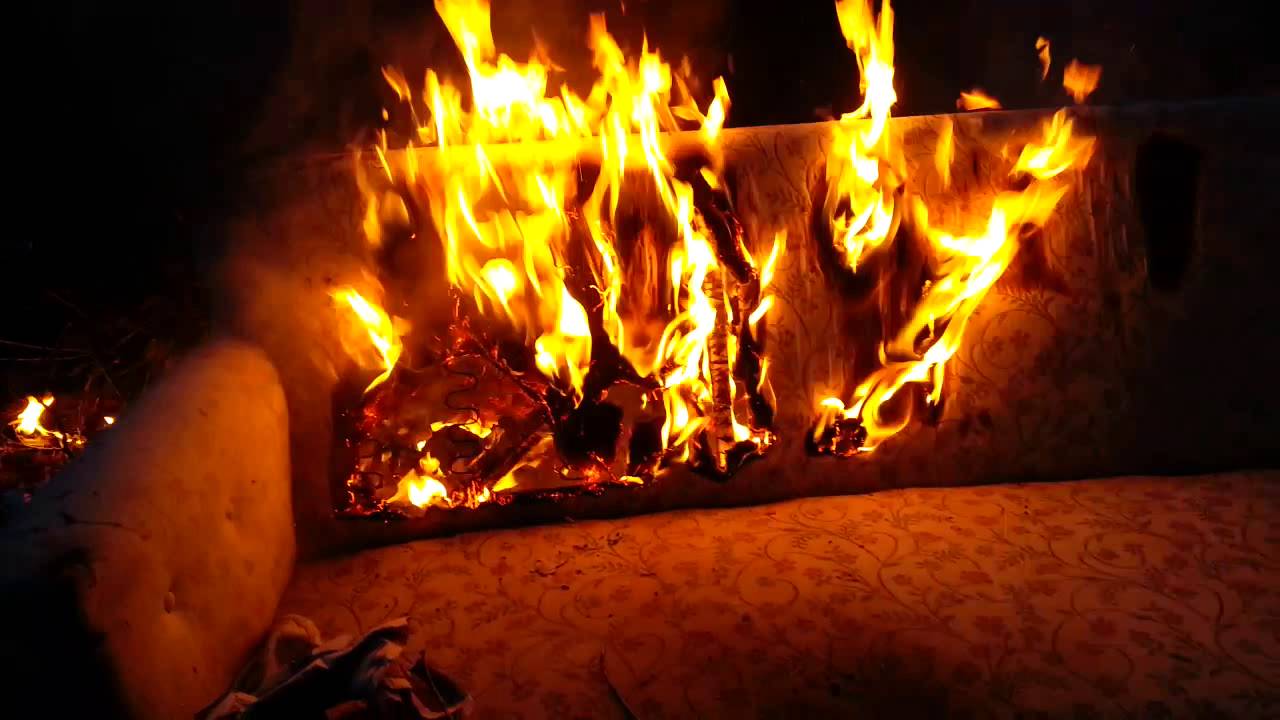BBQ Basics- Safe and Savory
According to the National Fire Prevention Association, “In 2009-2013, U.S. fire departments responded to an average of 8,900 home fires involving grills, hibachis, or barbecues per year, including an average of 3,900 structure fires and 5,100 outside fires. These 8,900 fires caused annual averages of 10 civilian deaths, 160 reported civilian injuries, $118 million in direct property damage. In 2014, 16,600 patients went to emergency rooms because of injuries involving grills.”
Gas grills contribute to the majority of these fires. Here are some safety tips on how to use a gas grill according to NFPA.
I don’t like propane grills, and I don’t use one. But, charcoal users aren’t safe, either. How many times have you seen someone dump a pile of charcoal briquettes on a grill, douse it in accelerant, and light it up, nearly burning their eyebrows off? Here are some safety tips from NFPA on using charcoal grills.
Not only are these people putting themselves and their families at risk, they’re probably going to end up with poor results.
You can burn a piece of meat over a burning tire, a pile of dead leaves, or your gasoline-soaked sofa-bed, but the results you get probably won’t be great. The right tools make great BBQ a lot safer and easier, and nearly guarantee good results.
Most disappointing BBQ is the result of one or both of the following: cooking at too high of temperature or cooking for too long. In either case, you end up with meat that is dry or, if the you have a really fatty cut of meat or have injected it with some kind of marinade, something with an almost mushy texture.
The biggest secrets to great BBQ are keeping the temperature steady and knowing when the meat is done and pulling it off the grill.
As I said in the previous post, great BBQ happens around 300˚F. If the coals are much hotter than this, you’re grilling, and if they get below 250˚ you’re smoking. Grilling only works with small or thin pieces of meat that cook within minutes. Anything that needs more time to be cooked through should never see flames for more than a minute to give it an external crust.
So, now, comes the tools.
First, and most importantly, you need to use good, hardwood charcoal. Good coals start more easily, burn hotter and longer, and impart good flavor. You should never use briquettes which are some kind of mad scientist, compressed, chemical product. You should also never use lighter fluid on your coals. I think both of these impart a nasty, chemical odor and flavor to your food, as well as probably causing cancer. Use a charcoal chimney, a lighter, and some newspaper.

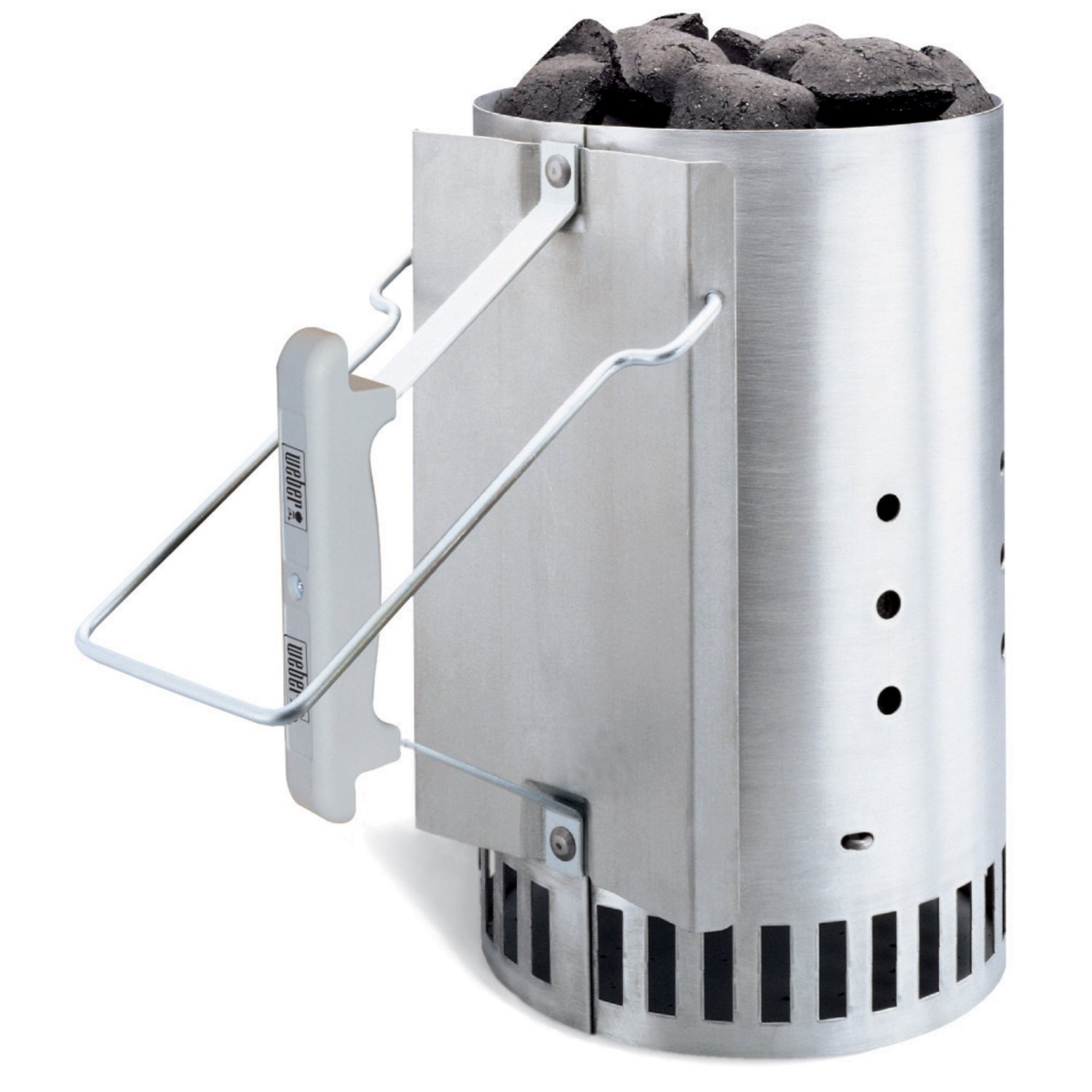
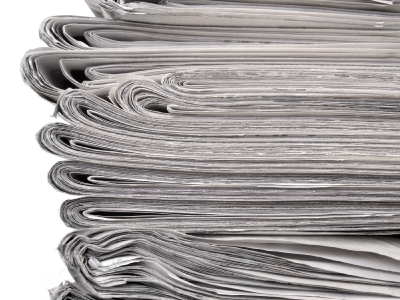
Second, you need a decent grill. You can go out and spend a mountain of money on a hand-built monstrosity or Godzilla ovum, but I recommend a good quality, traditional kettle grill. They keep the heat well, are easy to find and use, and are reasonably cheap. A good grill means you don’t use as much charcoal and you don’t have to babysit the food as much.
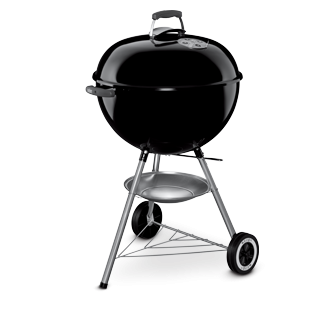
Thirdly, you need a grill thermometer and a meat thermometer. These are probably the most important tools for good results. They tell you how hot your grill is and how hot your meat is. The first keeps your food from getting burnt to a crisp and the second tells you when your food is cooked enough to eat.
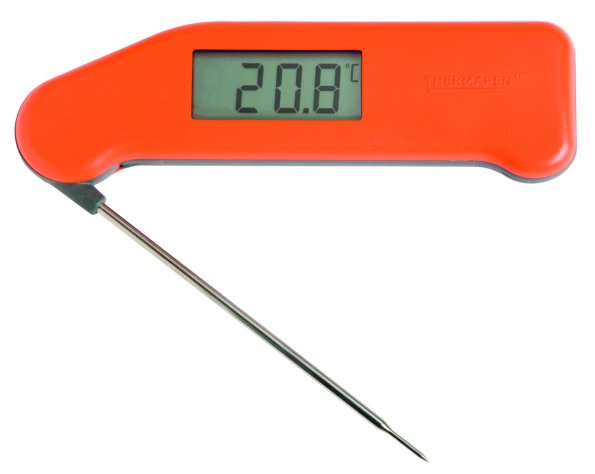
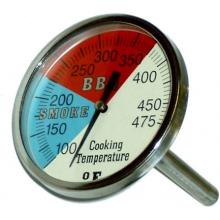
Next time, I’ll go into to techniques for BBQ perfection.
-S
